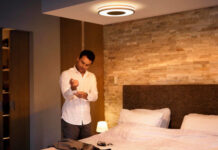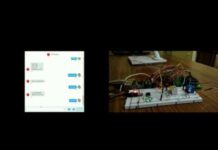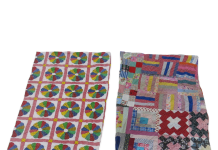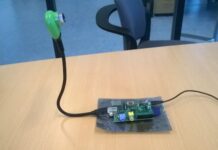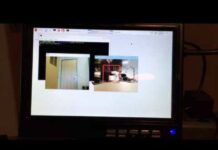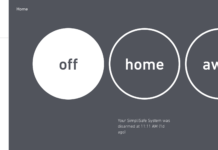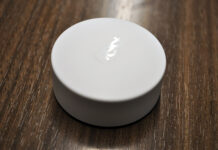
When I was growing up, most homes had incandescent light bulbs sometimes kitchens and workshops had fluorescent ones. Our choice of light bulbs was fairly limited. Today, however, there are many options including LEDs, compact fluorescent (CFL), halogen, and ‘smart’ bulbs that can change colors and turn on and off with voice commands.
Lowes Hardware has a great explanation of wattage, light output (lumens), and temperature (Kelvin) of light bulbs and a guide for choosing the correct lighting in your home. We encourage you to read their articles if you are unsure of what type of lighting and lightbulbs you need.
Personally, I prefer LED bulbs. They are energy efficient and are cool to touch. They do not contain mercury like fluorescent/CFL bulbs so they are easier to dispose of. With LED smart bulbs, you can dim or change the colour/hue. This is helpful because with the smart bulbs, one lamp can serve many purposes. You can increase the brightness and change the colour to cool white to easily see your sewing project then turn the brightness down and the colour to warm enjoy a relaxed ambience.
LED bulbs are expensive (especially the smart bulbs) compared to many other options however, if you gradually replace your regular bulbs with LED bulbs over time, the financial impact will be reduced. Because LED bulbs last for many years, you won’t need to replace them very often!
Unclutter light bulbs
Go around the house and collect all of the light bulbs you may have stashed in various closets and cupboards. Dispose of any lightbulbs that are broken, damaged, or no longer work. You may need to test some of them in a lamp. Remember that fluorescent and CFL bulbs contain mercury so you cannot throw them in the trash. The Environmental Protection Agency has advice on how to dispose of them responsibly and where to find local disposal facilities.
Separate the remaining light bulbs into categories. For bulbs of all the same size and shape, you could separate them by brightness and hue (wattage, lumens, temperature). You may have specific bulbs for specific fixtures so they could be in a separate category.
Store light bulbs
Light bulbs can be easily stored in the package they come in. If they ship from the warehouse to the consumer without breaking, that package is sturdy enough. Be sure to label the box with the type of light bulb and where it is used, for example, LED 60W soft white for ceiling fixtures in living room, hallways, bedrooms.

You can create your own lightbulb storage by gluing plastic or foam cups to cardboard sheets and stacking them in a bin. Professional organizer Linda Chu from Vancouver demonstrated this technique for storing Christmas ornaments but it would work equally well for lightbulbs. Re-purposing a cardboard bottle tote is an option too.
We store light bulbs in a small Rubbermaid tote, either in the original packaging so it is easy to see what the bulb is, or we wrap the bulbs in fruit net wrap that the local grocery store was going to throw in the garbage anyway.
Designate one spot in your home for light bulb storage. It could be in a basement or linen closet. When you remove the last bulb of a specific type from your storage box, remember to add that type of light bulb to your shopping list.
If you have any light bulb organizing tips to share with our readers, please feel free to leave a comment below.
Post written by Jacki Hollywood Brown


